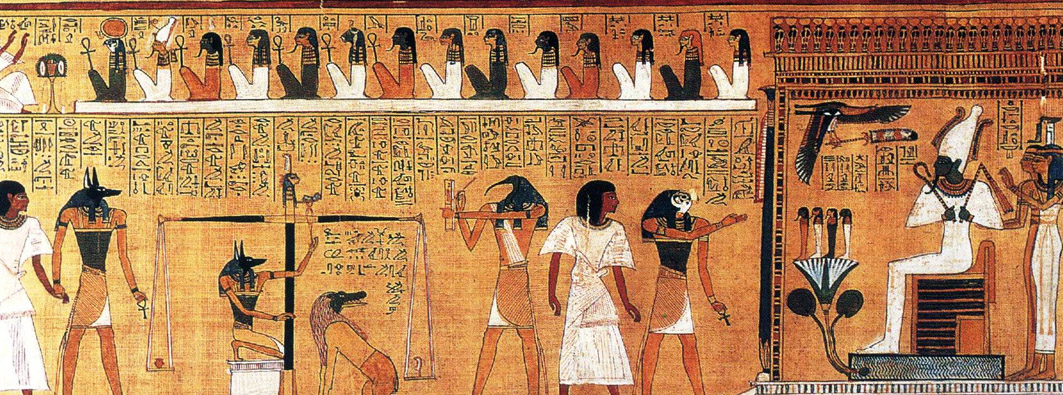
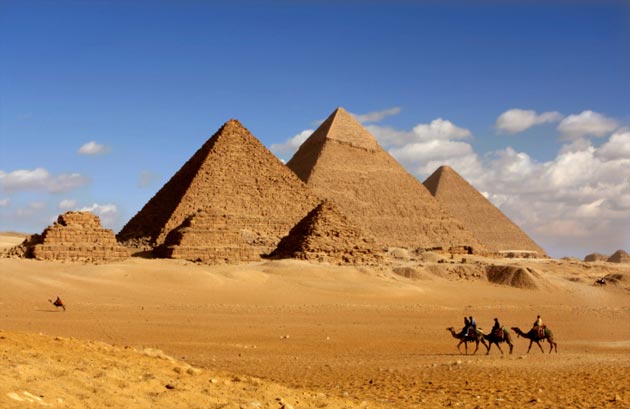
Few periods of ancient history sum up mathematical precision in quite as dramatic a fashion as Ancient Egypt. Against a rugged landscape of rocky mountains, rolling sand dunes, and the wide emptiness of an endless blue sky, the architects in the Land of the Pharaohs embraced geometric design with a passion by any other civilization.
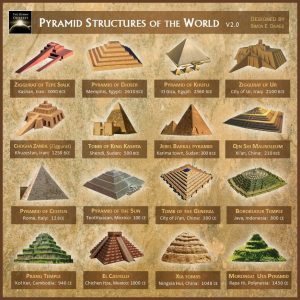
The Pyramids at Giza remain one of the great architectural wonders of the world, and the giant sculpture of the Sphinx is unrivaled example of the Egyptian ability to represent the natural form within a geometric methodology. Equally interested in the mystical power of numerology were the Ancient Greeks.
With their elegant marble temples and fertile landscapes, the Greeks built a civilization of which the number three was an object of passion. Its legacy has continued to live on as a core element of more modern cultural codes and religions, suggesting that three may be more important to the way that we currently view the world than we necessarily realize.
Building in Threes
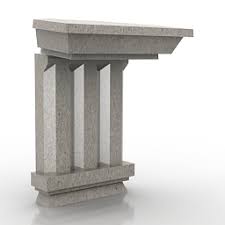
The plurality of three offered a sense of balance, order, and geometric precision. This is something that was held with such reverence that it is present at all levels of Ancient Egyptian and Ancient Greek culture and design, including the very fabric of their buildings. Finding opportunities to include representations of the number three was a crucial element of architectural design in Greece. For instance, Doric friezes on temples feature triglyphs, which are a rectangular panel of three vertical lines.
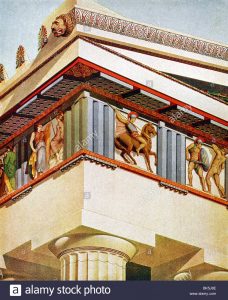
Created by carving two angular channels (known as hemiglyphs), Greek triglyphs are thought to be a recreation of the Egyptian hieroglyph for the number three, which appears as three straight lines ( I I I ). The Doric design is thought to have represented harmony whilst invoking the powerful magic of the pluralism concept, an important consideration for a building as important as a temple.
Still going strong
This design remains popular today, and is a common feature of many modern skills in arts and crafts such as wood carving and metalwork. Museums frequently offer craft workshops and exhibitions exploring the exceptional skill and unique design of classical landscapes.

Such is its legacy that the triglyph is also found in many modern buildings. These include neoclassical buildings, such as those common on Broadway, and also in aspects of quintessentially modern buildings. In a nod to the civilization that gave us Democracy, the Cabinet Room, Roosevelt Room and

It would seem that there is something irresistible about this simple representation of the number three that has caused its legacy to live on beyond the lifespan of the civilizations that created it, raising the tantalizing possibility that it will also appear in the landscapes of the distant future.
The power of the triangle
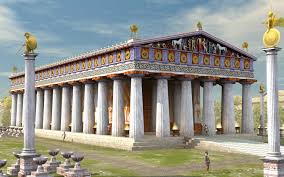
Aside from triglyphs, the number three is found in triangles throughout both Ancient Egyptian and Ancient Greek architecture. Perhaps the most overt three in Ancient Greek architecture is the triangle on the front and back of the Parthenon in Athens. Known as pediments, these triangles are considered to contain some of the finest examples of Doric sculpture, and contained images of the most important moments in the lives of the Olympic triad.
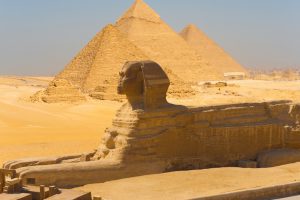
Another example of the triangle, The Great Pyramid of Giza, also features a prominent number three in the form of its three triangular faces. This is part of the complex numerology of the pyramids, the various mathematical elements of which represent the Pythagorean concept of all universal rhythms being modeled from the triangle (three), the square (four), and the pentagon (five).
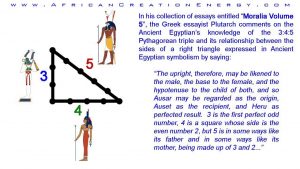
Again, the triangles in Egypt are closely related to mythology, and deictic triangles in particular. The shortest side of the Pythagorean triangle (known as “Ausar”) corresponds to the Father, the longer side (known as “Auset”) corresponds to the Mother, and the hypotenuse (called “Heru”) is the son.
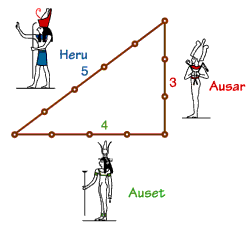
The power of the triangle became important amongst Ancient alchemists, and was later embraced by Medieval architects. The natural ease with which a triangle can be divided into parts whilst still remaining a whole proved an attractive idea for those who were aiming to explore the fundamental harmony of biological life.
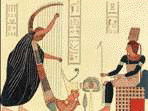
For instance, the Egyptian Alchemical Triangle had three, four, and five divisions for the Father, Mother, and Son sides respectively. The three divisions on the Ausar side represented the three vital principles that formed the known world: salt, sulfur, and mercury, a vital part of the process of the Spirit manifesting as Matter.
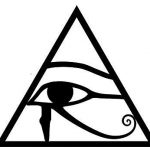
The irresistible geometry of the triangle has seen the concept reappear throughout cultures and religions, making it one of the most recognized symbols in the world. Crucial to the Christian realization of the Father, Son, and Spirit trinity, the three-sided polygon also appears in Buddhism as part of the Eye of Consciousness (the so-called “third eye”), as as part of the Sri Yantra of Hinduism.
Enduring threes
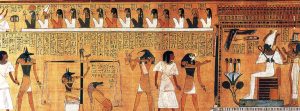
n a world where consumerism drives a fast-paced life, the importance of the fundamental building blocks of culture and civilization can easily become lost. Three may appear to be a simple number, useful for a quick bit of mental arithmetic or jotting down a phone number, but its historical importance remains all around us in the form of triangles and triglyphs.
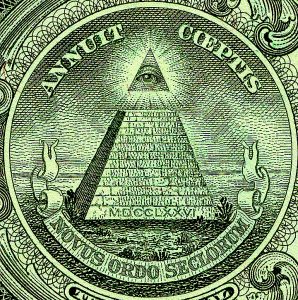
From the ancients who truly believed in the mystical power of not simply the number three but also the concept behind it, to the geometric balance that continues to attract architects and designers to its fan club, to its integral role in constructing modern religions, the number three is a part of the ancient world that has refused to succumb to the ravages of time.
Share this:
- Click to share on Facebook (Opens in new window)
- Click to share on Twitter (Opens in new window)
- Click to share on LinkedIn (Opens in new window)
- Click to share on Pinterest (Opens in new window)
- Click to share on Tumblr (Opens in new window)
- Click to share on Reddit (Opens in new window)
- Click to email a link to a friend (Opens in new window)
- Click to print (Opens in new window)
- Click to share on Telegram (Opens in new window)
- Click to share on WhatsApp (Opens in new window)
- Click to share on Pocket (Opens in new window)

 In Ancient Egyptian theology, divine triads were used to express the divine family-unit, usually composed out of Pharaoh (the son) and a divine couple (father & mother), legitimizing his rule as divine king. Pharaoh Akhenaten had introduced a monotheistic triad (exclusive and against all other deities) : Aten, Akhenaten and Nefertiti. In Heliopolis, the original triad was Atum, Shu and Tefnut, in Memphis, Ptah, Sekhmet and Nefertem emerged, whereas Thebes worshipped Amun, Mut and Khonsu. The trinity naturally developed into three or one Ennead.
In Ancient Egyptian theology, divine triads were used to express the divine family-unit, usually composed out of Pharaoh (the son) and a divine couple (father & mother), legitimizing his rule as divine king. Pharaoh Akhenaten had introduced a monotheistic triad (exclusive and against all other deities) : Aten, Akhenaten and Nefertiti. In Heliopolis, the original triad was Atum, Shu and Tefnut, in Memphis, Ptah, Sekhmet and Nefertem emerged, whereas Thebes worshipped Amun, Mut and Khonsu. The trinity naturally developed into three or one Ennead.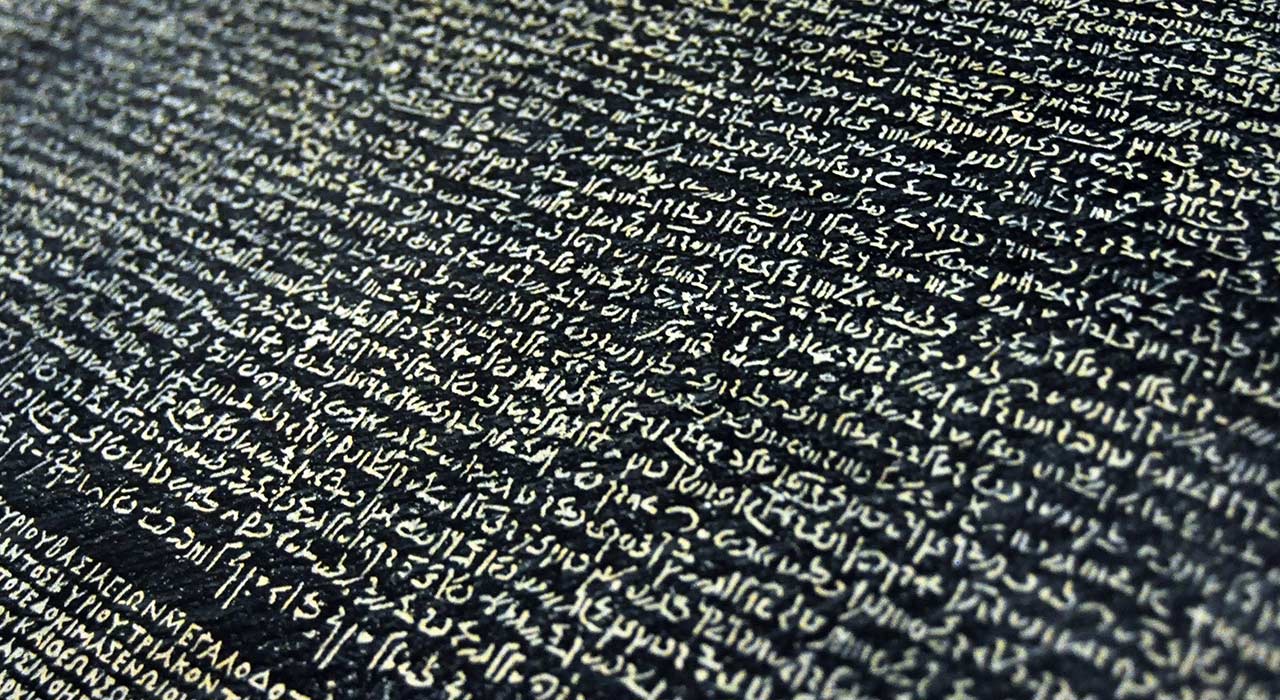
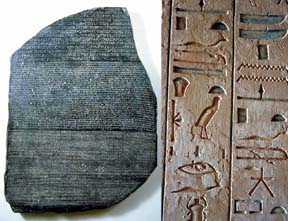 “This block had three sections of writing on it–one in hieroglyphics, one in another language called Demotic (another language used in Egypt), and one in Greek. This stone is known as the Rosetta Stone. “
“This block had three sections of writing on it–one in hieroglyphics, one in another language called Demotic (another language used in Egypt), and one in Greek. This stone is known as the Rosetta Stone. “




























